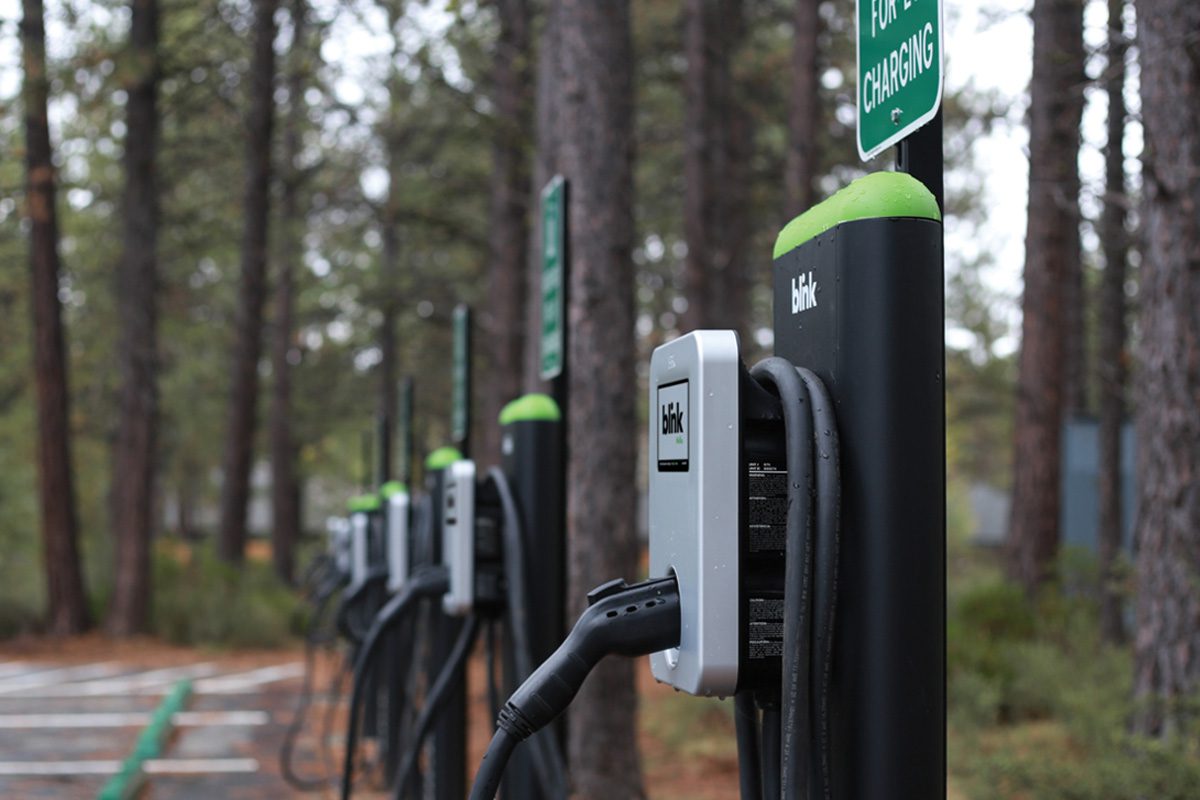There are numerous advantages to having an all-electric vehicle (EV) fleet. Your company gets to showcase that it is forward-thinking and environmentally conscious, you save money on fuel, and your fleet vehicles seen on the roads will help facilitate the adoption of EVs by the general public.
One advantage that sometimes gets overlooked is the savings in maintenance costs. Because EVs have fewer moving parts and require fewer fluid changes, they save you money on the cost of traditional maintenance, like oil changes. Even EV and hybrid brakes typically last longer because they use regenerative braking.
The purchase of EVs requires more upfront investment, but the fuel and maintenance savings add up over time, reducing the total cost of ownership. According to a 2020 Consumer Reports study, EVs and plug-in hybrid electric vehicles (PHEVs) save owners approximately 50% in maintenance costs compared to a traditional internal combustion engine (ICE) vehicle over a vehicle’s lifetime. That is in addition to the approximately 60% in fuel savings, according to that same report.
The study also states that depreciation for EVs is not significantly different from its ICE counterparts. To put some dollar amounts to that, the approximate lifetime maintenance and repair cost for an ICE vehicle came out to $9,200, compared to $4,600 for both EVs and PHEVs. That means a savings of $4,600 (50%) in powertrain maintenance over a vehicle’s lifetime. Of note, the Consumer Reports study only looked at personal use vehicles and not specifically commercial or fleet vehicles. Nevertheless, the savings realized should be within the same percentage range. Fleets will transition to remote software updates versus preventative maintenance practice, saving time and money, while also keeping the maintenance bay open for other fleet vehicles.
EV Maintenance
One thing to know is that EVs require less maintenance than ICE vehicles, but it is also worth looking at what maintenance they require. According to the U.S. Department of Energy, hybrid vehicles (including PHEVs) will require the same essential maintenance as ICE vehicles since hybrids contain ICEs. However, battery-electric vehicles are different, aside from general maintenance items like tire changes, 12-volt battery replacement, and windshield washer fluid refilling, which all vehicles require.
Although the sophisticated batteries used in EVs generally do not require much maintenance, some use liquid coolant to maintain safe operating temperatures, which may need to be checked.
The batteries in EVs are designed to last for a vehicle’s entire lifecycle, and like ICE vehicles, they should come with some kind of powertrain warranty that covers the battery if it fails. Many vehicle manufacturers offer eight-year/100,000-mile warranties for their EV batteries. The price of batteries has decreased over the years as the demand for EVs has grown; therefore, in eight to 10 years, the cost to replace a battery should be much less than today.
Although not expected that the battery in an EV will require replacement, if it does and the vehicle’s warranty no longer covers it, the replacement costs can be expensive. Vehicle manufacturers don’t like to reveal what it may cost to replace an EV battery. However, according to an article from GreenCars, cost can range from $2,500 for smaller hybrid batteries up to $20,000 for certain types of EVs, likely much more for heavy-duty fleet vehicles.
Charging your fleet EV’s battery on level 2 chargers can also help maintain the battery quality and ensure a long life. According to a study by Geotab in 2020, after 48 months of EV battery health data, vehicles that used DC Fast Charging more than three times per month had their batteries degrade 10% more than those that never used DC Fast Charging in seasonal or hot climates. Charging at fast DCFC rates creates excessive heat and exacerbates an undesirable effect called ripple which can negatively affect battery chemistry. For this reason, if your fleet can utilize depot charging in shifts or overnight on fast L2 chargers that output 19.2kW, it can help avoid battery degradation. In addition, it can avoid any utility demand or surge fees. Typically fleet duty cycles allow plenty of time for overnight charging at lower peak rates by the utilities.
All EVs for sale in the USA are subject to stringent safety testing, and their lithium-ion batteries are designed and built to last for as long as the vehicle is roadworthy. While they may have a more upfront cost, the combined fuel and maintenance cost savings add up, in the long run, to make them a worthwhile investment for forward-thinking fleet owners. Lastly, for fleet operators looking to switch to an electric fleet, whether a little at a time or all at once, consulting with someone experienced in EV charging can help you save while also helping you plan the various infrastructure needs for your fleet.



